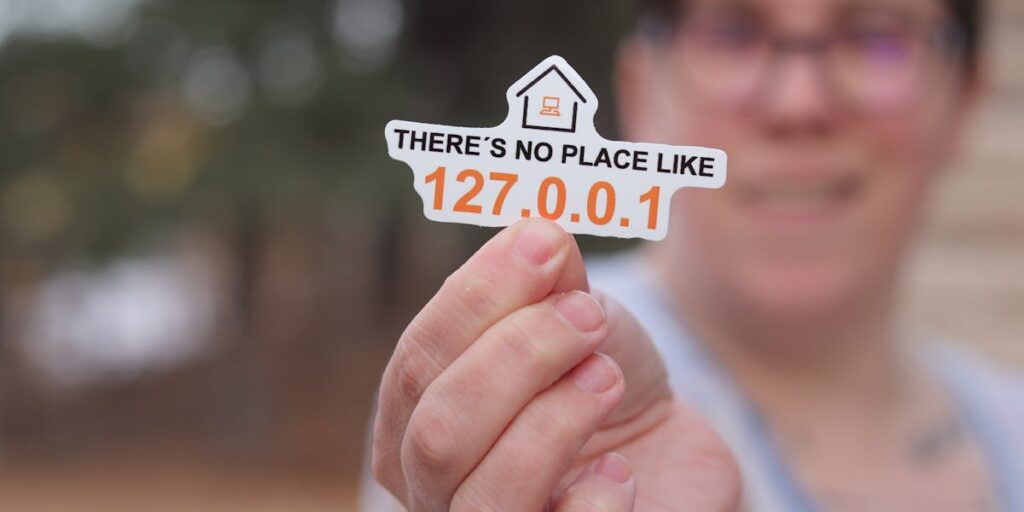Process of Creating a Web Email Account
Creating a web email account involves several steps. Here’s a general guide:
1. Choose an Email Provider
Select a reliable email service provider, such as Gmail, Yahoo Mail, or Outlook.
2. Visit the Registration Page
Go to the provider’s website and click on the Sign Up or Create Account option.
3. Fill in Personal Details
Provide the required information:
– First Name and Last Name: Your identity.
– Username: The unique email address you want (e.g., johndoe123@gmail.com).
– Password: A strong password for securing the account.
4. Verify Your Identity
Some providers may ask for:
– Phone Number: To send a verification code.
– Alternate Email Address: For account recovery.
5. Agree to Terms
Read and accept the terms and conditions and the privacy policy.
6. Complete CAPTCHA
Prove you’re not a robot by completing a CAPTCHA challenge.
7. Account Setup Completion
Once all steps are done, your account will be created, and you can start sending and receiving emails.
Components of a Mail Message
An email message has several components that make up its structure. These include:
1. Header
The header contains metadata about the email:
– From: The sender’s email address.
– To: The recipient’s email address.
– CC (Carbon Copy): Additional recipients who receive a copy of the email.
– BCC (Blind Carbon Copy): Recipients who receive a copy without others knowing.
– Subject: A brief description of the email’s purpose.
– Date: The timestamp when the email was sent.
2. Body
The main content of the email:
– Greeting: The opening line addressing the recipient (e.g., “Dear John”).
– Message Text: The detailed content of the email.
– Closing: A polite closing line (e.g., “Best regards”).
3. Attachments
Files like documents, images, or videos that are sent along with the email.
4. Footer
Optional information at the bottom of the email:
– Signature: Contains the sender’s name, contact information, and sometimes a company logo.
Diagram of an Email Message
Here is the structure of an email message represented textually:
+---------------------------------------------------------+
| From: sender@example.com |
| To: recipient@example.com |
| CC: cc@example.com |
| BCC: bcc@example.com |
| Subject: Meeting Schedule |
| Date: Wed, 20 Jan 2025 10:30:00 +0530 |
+---------------------------------------------------------+
| Dear [Recipient Name], |
| |
| I hope this email finds you well. Attached is the |
| schedule for next week’s meeting. |
| |
| Best regards, |
| [Sender Name] |
+---------------------------------------------------------+
| Attachment: meeting_schedule.pdf |
+---------------------------------------------------------+
Explanation
1. Header: Provides essential routing and identification information.
2. Body: Contains the main message for communication.
3. Attachments: Allows sharing additional resources.
4. Footer: Adds professionalism and contact details.
By understanding these components, users can effectively structure and send professional emails.





